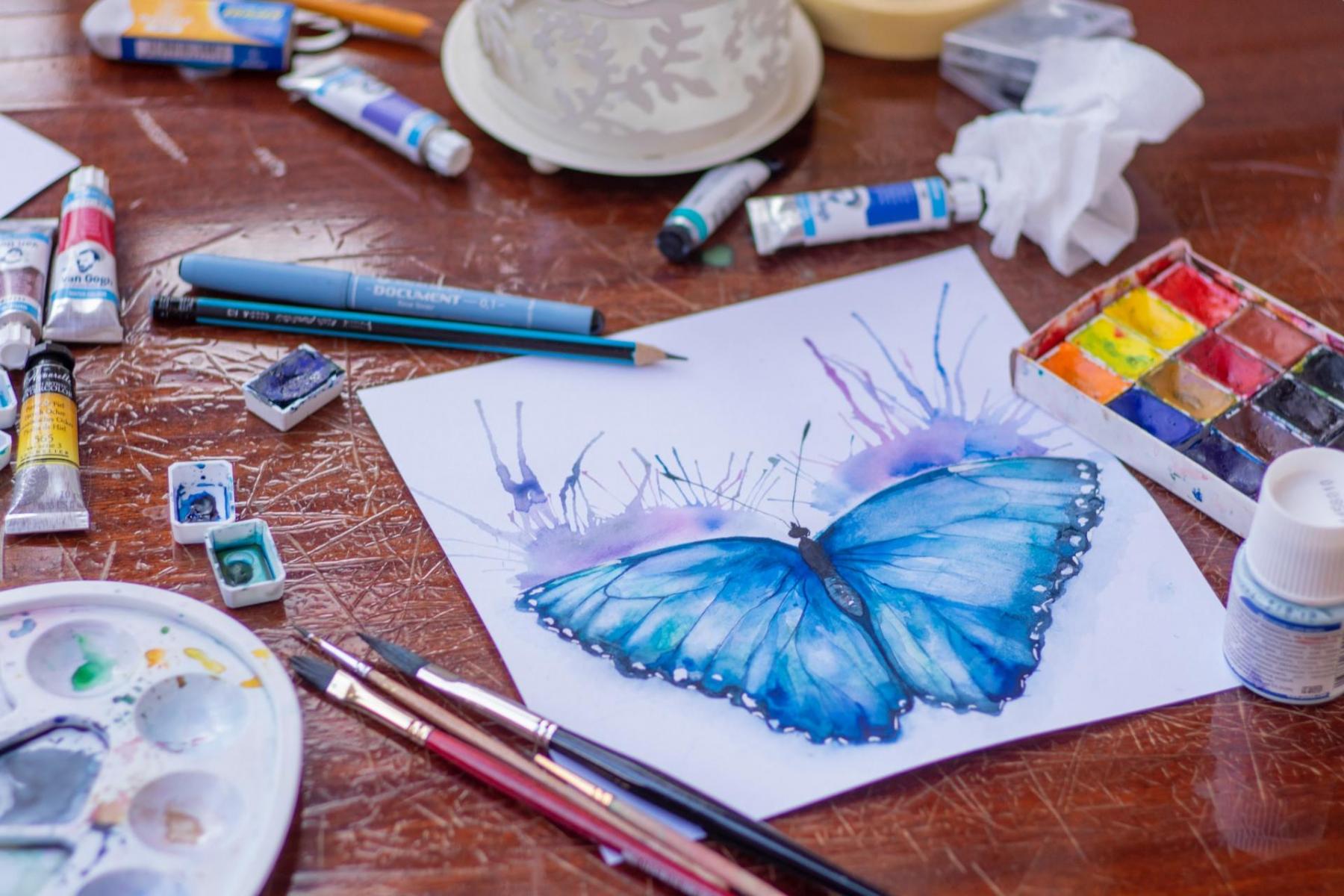

Articles
How To Store Watercolor Paintings
Modified: December 7, 2023
Learn how to properly store your watercolor paintings to preserve their vibrant colors and prevent damage. Follow these expert tips in our informative articles.
(Many of the links in this article redirect to a specific reviewed product. Your purchase of these products through affiliate links helps to generate commission for Storables.com, at no extra cost. Learn more)
Introduction
Watercolor paintings are delicate works of art that require proper care and storage to ensure their longevity and preservation. Whether you’re an artist looking to store your own watercolor paintings or a collector looking to safeguard a valuable piece, knowing how to store watercolor paintings correctly is essential. This article will provide you with a comprehensive guide on how to store watercolor paintings effectively.
Watercolor paintings are known for their vibrant colors and delicate textures. However, these characteristics also make them susceptible to damage from moisture, light, and other environmental factors. Therefore, proper storage is essential to protect them from fading, discoloration, warping, and other forms of deterioration.
In this article, we will discuss the materials needed for watercolor painting storage, how to prepare your watercolor paintings for storage, the importance of choosing the right storage container, proper packing techniques, tips for safe and secure storage, monitoring and maintaining optimal storage conditions, and guidelines for handling and displaying your watercolor paintings.
By following these guidelines, you can ensure that your watercolor paintings remain vibrant, intact, and in excellent condition for years to come. Let’s dive into the details!
Key Takeaways:
- Preserve the vibrancy and longevity of watercolor paintings by using archival-quality materials, controlling storage conditions, and handling and displaying artwork with care.
- Safeguard delicate watercolor paintings from damage by properly preparing, packing, and storing them, while monitoring and maintaining optimal storage conditions for long-term preservation.
Read more: How To Paint Watercolor Greenery
Materials Needed
Before you begin the process of storing your watercolor paintings, it’s important to gather the necessary materials to ensure their proper protection and preservation. Here are the materials you will need:
- Archival Paper: Use acid-free, pH-neutral archival paper to place between individual watercolor paintings to prevent them from sticking together.
- Gloves: Wear clean, lint-free cotton gloves to prevent transferring oils, dirt, or moisture from your hands onto the watercolor paintings.
- Glassine or Acid-Free Tissue Paper: Use glassine or acid-free tissue paper to wrap each watercolor painting individually and provide an extra layer of protection against dust and humidity.
- Lightweight Board: Get lightweight acid-free boards to place between the watercolor paintings to provide additional support and prevent bending or warping.
- Archival Tape: Use acid-free and pH-neutral archival tape to secure the watercolor paintings to the boards without causing damage.
- Storage Containers: Choose archival-quality storage containers such as acid-free boxes or portfolios with acid-free and lignin-free paper sleeves.
- Labels and Marker: Have labels and markers ready to help identify and organize your watercolor paintings within the storage containers.
- Environment Monitoring Tools: Consider investing in a hygrometer and thermometer to monitor the temperature and humidity levels within the storage area.
By gathering these materials, you will have everything you need to properly prepare, pack, and store your watercolor paintings, ensuring their safety and longevity.
Preparing Your Watercolor Paintings for Storage
Before placing your watercolor paintings into storage, it’s essential to prepare them properly to minimize the risk of damage and ensure their long-term preservation. Here are the steps to follow:
- Clean your watercolor paintings: Use a soft, clean brush or a compressed air canister to remove any dust or debris from the surface of your paintings. Avoid using any liquids or cleaning agents that may damage the delicate paint layers.
- Inspect for any damages: Carefully examine your watercolor paintings for any signs of flaking, fading, or damage. If you notice any issues, it’s best to consult a professional art restorer for advice on how to address the problems before storage.
- Secure loose or fragile elements: If your watercolor paintings have loose or fragile elements, such as dried flowers or delicate embellishments, make sure to properly secure them to prevent any further damage during storage. Use archival glue or removable adhesive to secure these elements in place.
- Protect with glassine or acid-free tissue paper: Lay a sheet of acid-free glassine or tissue paper on a clean, flat surface. Gently place your watercolor painting face down on the paper. Carefully fold the edges of the paper over the painting to create a protective cover.
- Place individual paintings between acid-free paper: If you are storing multiple watercolor paintings together, it’s essential to separate them with layers of acid-free paper. This will prevent the paintings from sticking to each other and causing damage when you try to separate them in the future.
- Add lightweight boards for support: To provide additional support and prevent bending or warping, place lightweight acid-free boards between each watercolor painting. Secure the paintings to the boards using acid-free archival tape along the edges.
By properly preparing your watercolor paintings for storage, you minimize the risk of damage during the packing and storing process. This ensures that your paintings remain in excellent condition for years to come.
Choosing the Right Storage Container
When it comes to storing your watercolor paintings, choosing the right storage container is crucial to maintaining their integrity and protecting them from external elements. Here are some factors to consider when selecting a storage container:
- Size: The storage container should be large enough to accommodate your watercolor paintings without any bending or folding. It’s important to choose a container that allows the paintings to lay flat to prevent any damage to the delicate paint layers.
- Material: Opt for archival-quality storage containers made from acid-free and lignin-free materials. Acid-free boxes or portfolios with acid-free paper sleeves are excellent choices as they provide a protective environment free from harmful chemicals that can cause deterioration over time.
- Light protection: Look for storage containers that provide some degree of light protection. UV-resistant containers or those with UV-blocking coatings can help prevent fading and discoloration of your watercolor paintings caused by exposure to sunlight or artificial light sources.
- Sealability: Ensure that the storage container has a secure and tight seal to protect your watercolor paintings from dust, moisture, insects, and other potential contaminants. This will help maintain a stable and favorable environment within the container.
- Stackability: If you have a large collection of watercolor paintings, consider storage containers that are designed to be stackable. Stackable containers save space and allow for easier organization and accessibility.
- Accessibility: Choose a storage container that provides easy access to your watercolor paintings when needed. Look for containers with removable lids, flaps, or portfolios that allow you to view and retrieve your paintings without having to handle them too frequently.
By selecting the right storage container, you can create a safe and protective environment for your watercolor paintings, minimizing the risk of damage from external factors and ensuring their longevity.
Properly Packing Your Watercolor Paintings
Packing your watercolor paintings is a crucial step in ensuring their safe storage and minimizing the risk of damage during handling and transportation. Follow these steps to pack your paintings properly:
- Prepare the storage container: Line the bottom of the storage container with acid-free archival paper or foam padding to provide a cushioned surface for the paintings.
- Place the wrapped paintings: Carefully place your individually wrapped watercolor paintings into the storage container. Arrange them flat, ensuring they are not tightly packed or overlapping one another.
- Add additional layers of protection: If you are storing multiple paintings, place a layer of acid-free archival paper or foam padding on top of each layer before adding the next set of paintings. This helps to prevent any pressure or damage between layers.
- Secure the container: Once all the paintings are packed, make sure to close and seal the storage container securely. Use acid-free packing tape or straps to ensure the container remains tightly shut.
- Label the container: Label the outside of the storage container with the artist’s name, artwork title, and date. This will help you easily identify and locate specific paintings in the future without having to open multiple containers.
- Store upright: Store the packed container in an upright position to avoid any unnecessary stress on the paintings. This will help prevent warping or bending over time.
- Avoid extreme temperatures: Make sure to store the container in a cool, dry place with stable temperature and humidity levels. Avoid areas prone to excessive heat, cold, or moisture, as these conditions can damage your watercolor paintings.
By following these packing guidelines, you ensure that your watercolor paintings are securely stored and protected from potential damage, allowing you to enjoy them for years to come.
Store watercolor paintings in a cool, dry place away from direct sunlight to prevent fading and warping. Use acid-free materials for framing and storage to protect the paintings from damage.
Storing Your Watercolor Paintings Safely
Once you have properly packed your watercolor paintings, it’s essential to store them in a safe and controlled environment to maintain their integrity and prevent damage. Here are some tips for safely storing your watercolor paintings:
- Choose a suitable storage location: Find a location that is away from direct sunlight, extreme temperature fluctuations, and high humidity. Avoid storing your paintings in areas prone to leaks, such as basements or attics.
- Avoid areas with potential hazards: Keep your watercolor paintings away from areas with high traffic or where they may be at risk of getting bumped, knocked over, or exposed to liquids.
- Elevate the storage containers: Place your storage containers on shelves or raised platforms to keep them off the ground and protect them from potential water damage in case of flooding or leaks.
- Maintain a stable temperature and humidity: Ideally, the storage area should have a temperature between 65°F and 75°F (18°C-24°C) and a relative humidity level of around 50%. Fluctuations in temperature and humidity can lead to moisture buildup or drying out, causing damage to your watercolor paintings.
- Consider using a dehumidifier or humidifier: Depending on your location and climate, you may need to use a dehumidifier or humidifier to regulate the humidity levels within the storage area. This ensures that the environment remains stable and favorable for the preservation of your watercolor paintings.
- Avoid overcrowding: Avoid overcrowding the storage area or stacking too many containers on top of each other. Overcrowding can increase the risk of damage from mishandling or accidentally knocking over the containers.
- Regularly inspect and maintain: Periodically check the storage containers for any signs of damage, pests, or environmental issues. Replace any damaged containers or materials and take necessary measures to address any concerns promptly.
By following these storage guidelines, you can ensure the safety and longevity of your watercolor paintings. Remember that proper storage is essential for preserving the quality and value of your artwork.
Monitoring and Maintaining Optimal Storage Conditions
Monitoring and maintaining optimal storage conditions for your watercolor paintings is crucial to ensuring their long-term preservation. By taking proactive measures, you can minimize the risk of damage and maintain the integrity of your artwork. Here are some tips for monitoring and maintaining optimal storage conditions:
- Temperature and humidity monitoring: Use a hygrometer and thermometer to regularly monitor the temperature and humidity levels in the storage area. Aim for a temperature between 65°F and 75°F (18°C-24°C) and a relative humidity level of around 50%. Fluctuations outside of these ranges can cause damage to your watercolor paintings.
- Control temperature and humidity: If the storage area does not naturally maintain optimal temperature and humidity levels, consider using air conditioning, heating, dehumidifiers, or humidifiers to create a stable environment. Consult with an HVAC professional for assistance if needed.
- Inspect for pests: Regularly check the storage area for any signs of pests such as insects or rodents. Implement pest control measures to protect your watercolor paintings from potential damage caused by pests.
- Ensure proper ventilation: Good air circulation is essential to prevent the buildup of mold or mildew. Avoid storing your watercolor paintings in closed cabinets or containers without proper ventilation.
- Regular cleaning: Keep the storage area clean and free of dust and debris. Dust can settle on the surface of your watercolor paintings and affect their appearance. Regularly wipe down the storage containers and shelves to maintain a clean environment.
- Keep light exposure minimal: Protect your watercolor paintings from excessive exposure to light, as it can lead to fading and discoloration. If possible, store the paintings in a dark or low-light storage area. If that is not feasible, consider using UV-blocking coatings or filters on windows or using light-diffusing shades or curtains.
- Document storage conditions: Keep a record of the storage conditions, including temperature, humidity levels, maintenance activities, and any changes made to the storage setup. This documentation will help you monitor and track the environment and identify any potential issues or trends over time.
By regularly monitoring and maintaining optimal storage conditions, you can ensure the long-term preservation of your watercolor paintings, protecting their value and beauty for future generations to enjoy.
Handling and Displaying Your Watercolor Paintings
Proper handling and displaying of your watercolor paintings are crucial to preserving their condition and longevity. Whether you’re preparing to exhibit your artwork or simply want to enjoy it in your home, here are some guidelines to follow:
- Handle with care: Always wear clean, lint-free cotton gloves when handling your watercolor paintings to prevent the transfer of oils, dirt, or moisture from your hands onto the delicate surfaces. Avoid touching the painted areas directly, and support the painting from the back or edges when lifting or moving it.
- Use protective framing: When framing your watercolor paintings for display, make sure to use acid-free and archival-quality materials. The matting, backing board, and mounting tapes should all be acid-free to prevent any damage over time. Consider using UV-protective glass or acrylic to shield the artwork from sunlight and reduce the risk of fading.
- Protect the paintings from direct light: When displaying your watercolor paintings, avoid placing them in direct sunlight or under strong artificial lighting. Prolonged exposure to UV rays can cause fading and deterioration of the pigments. Choose a location with ambient or diffused lighting to showcase your artwork.
- Rotate and protect: If you have a collection of watercolor paintings that you like to display, consider rotating them periodically. This helps to protect the artwork from prolonged exposure to light and reduces the risk of damage. Store the paintings in a safe and controlled environment when they are not on display.
- Hang securely: When hanging your watercolor paintings, ensure that they are securely fastened to the wall. Use appropriate hanging hardware such as D-rings, picture wire, or hooks designed for the weight of the artwork. Make sure the painting hangs level and is not at risk of falling or becoming unbalanced.
- Maintain a clean display area: Regularly dust the frames and glass of your displayed watercolor paintings to keep them clean and free from debris. Use a soft, lint-free cloth or a feather duster to gently remove any accumulated dust. Avoid using cleaning solutions unless recommended by a professional conservator.
- Protect from environmental factors: Take precautions to protect your displayed watercolor paintings from environmental factors such as high humidity, temperature fluctuations, and exposure to moisture. Keep them away from areas prone to humidity, such as bathrooms or kitchens, to avoid damage to the paint layers.
By following these guidelines for handling and displaying your watercolor paintings, you can ensure their preservation and enjoyment for years to come. Proper care and attention will maintain the beauty and value of your artwork.
Conclusion
Properly storing and taking care of your watercolor paintings is essential for their preservation and longevity. By following the guidelines outlined in this article, you can ensure that your artwork remains vibrant, intact, and protected from environmental factors.
From gathering the necessary materials and preparing your paintings for storage to choosing the right storage container and packing them securely, each step plays a crucial role in safeguarding your watercolor paintings. Monitoring and maintaining optimal storage conditions, as well as handling and displaying your artwork with care, are equally important in preserving their condition and value.
Remember to use archival-quality materials, such as acid-free papers and storage containers, to provide a protective environment and prevent damage to your watercolor paintings. Control the temperature and humidity levels, protect your artwork from direct light, and regularly inspect the storage area for any signs of pests or environmental issues.
Whether you are an artist looking to store your own watercolor paintings or a collector preserving valuable pieces, following these guidelines will help ensure the longevity of your artwork. By taking the necessary precautions and dedicating proper attention to your watercolor paintings, you can enjoy them for many years, preserving their beauty and storytelling for generations to come.
With the knowledge gained from this comprehensive guide, you are now equipped to store your watercolor paintings with confidence and maintain their pristine condition. So, go ahead and protect your cherished artworks, allowing their colors to endure and their stories to be appreciated for years to come.
Frequently Asked Questions about How To Store Watercolor Paintings
Was this page helpful?
At Storables.com, we guarantee accurate and reliable information. Our content, validated by Expert Board Contributors, is crafted following stringent Editorial Policies. We're committed to providing you with well-researched, expert-backed insights for all your informational needs.
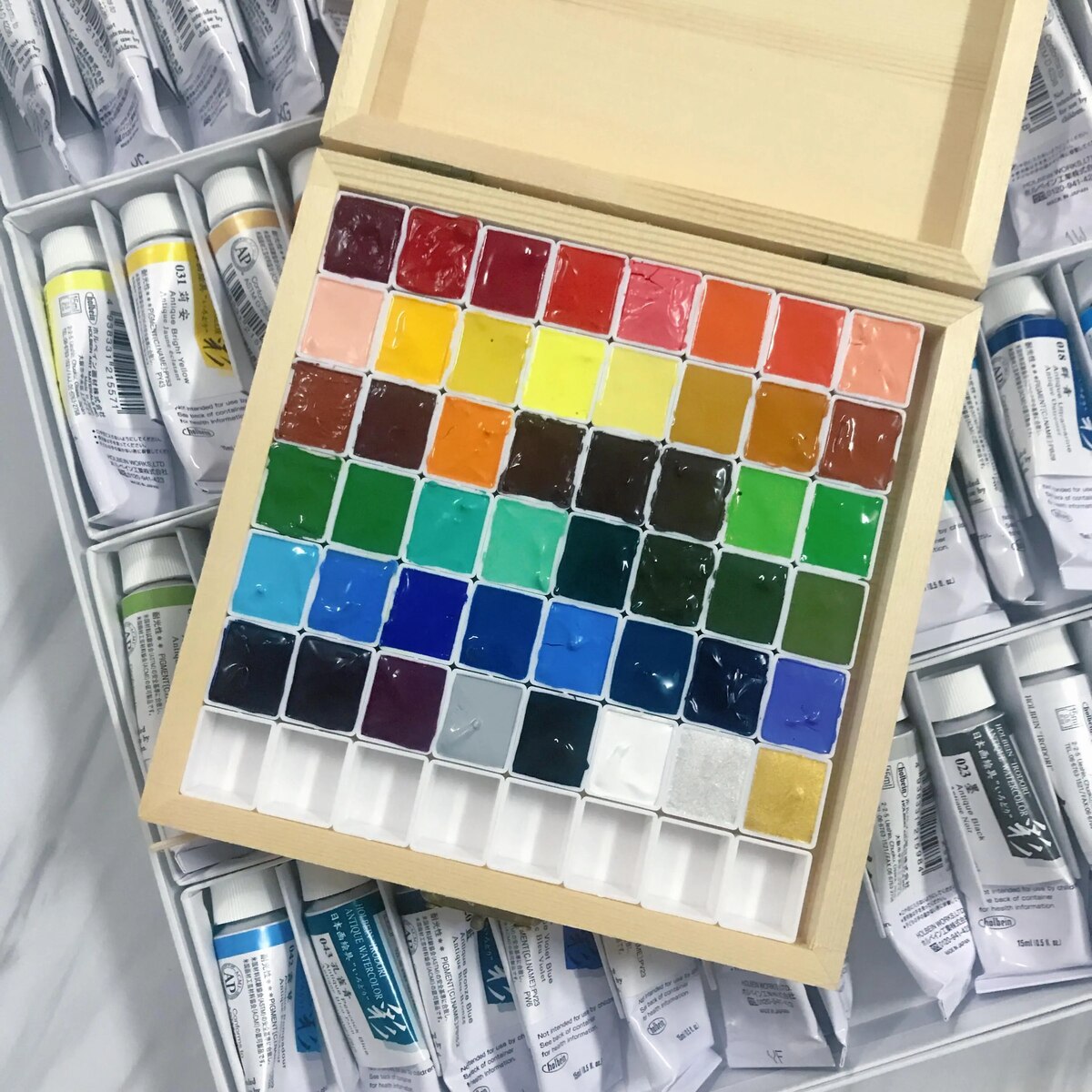
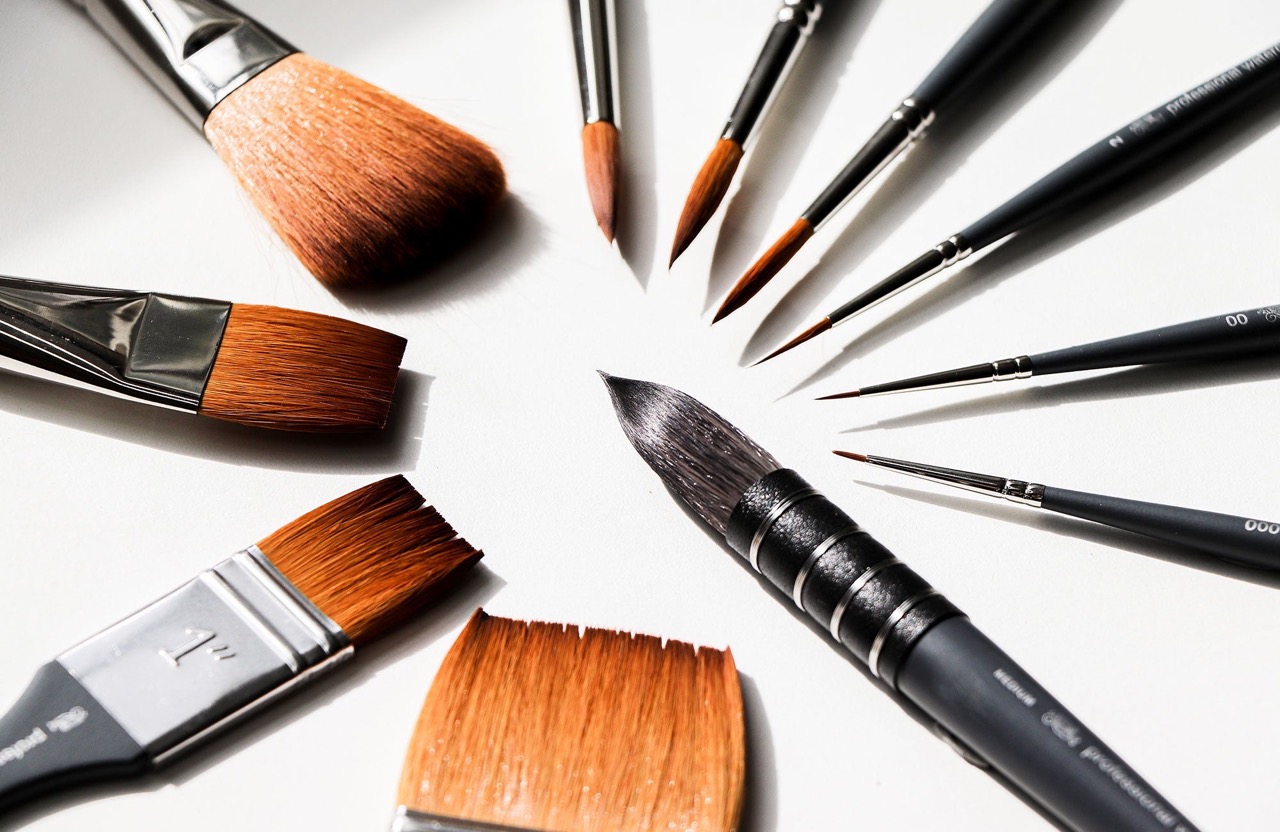



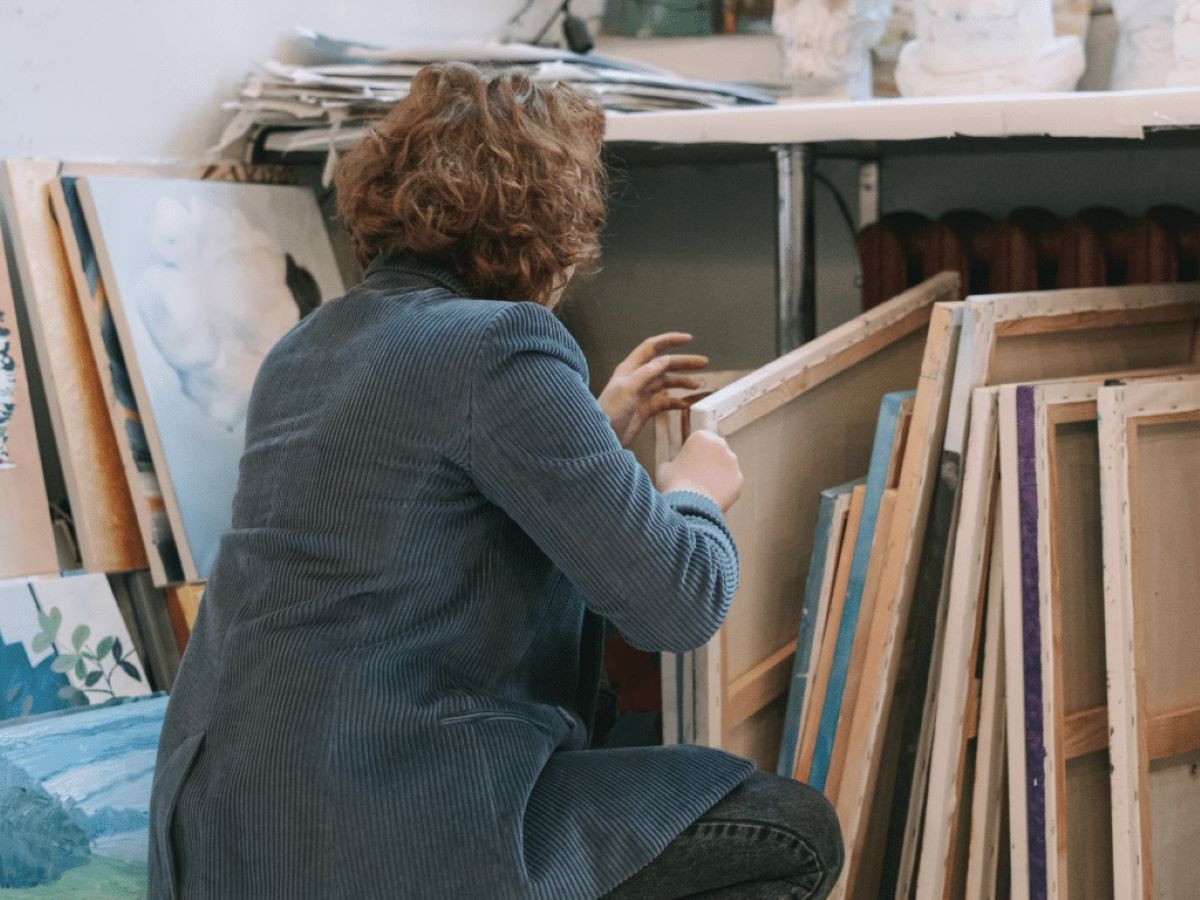
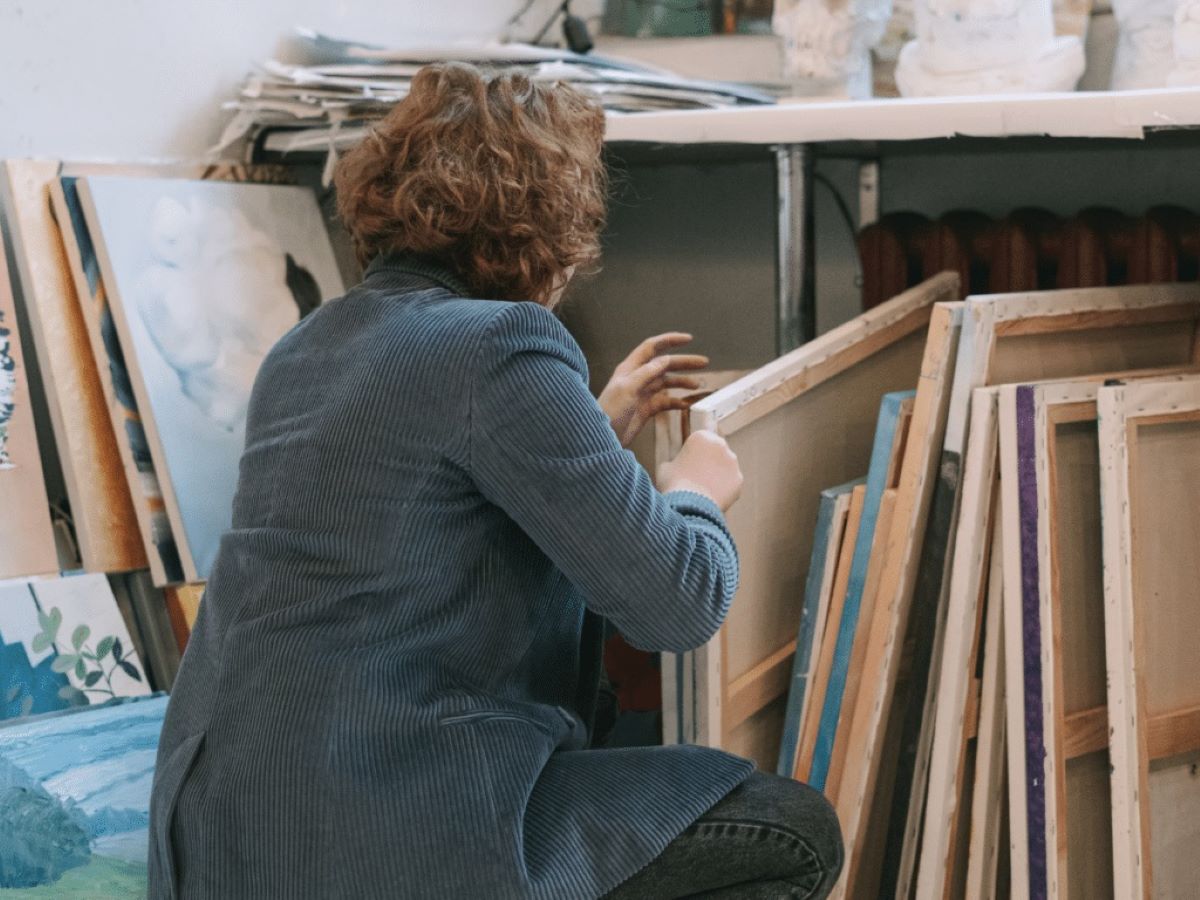
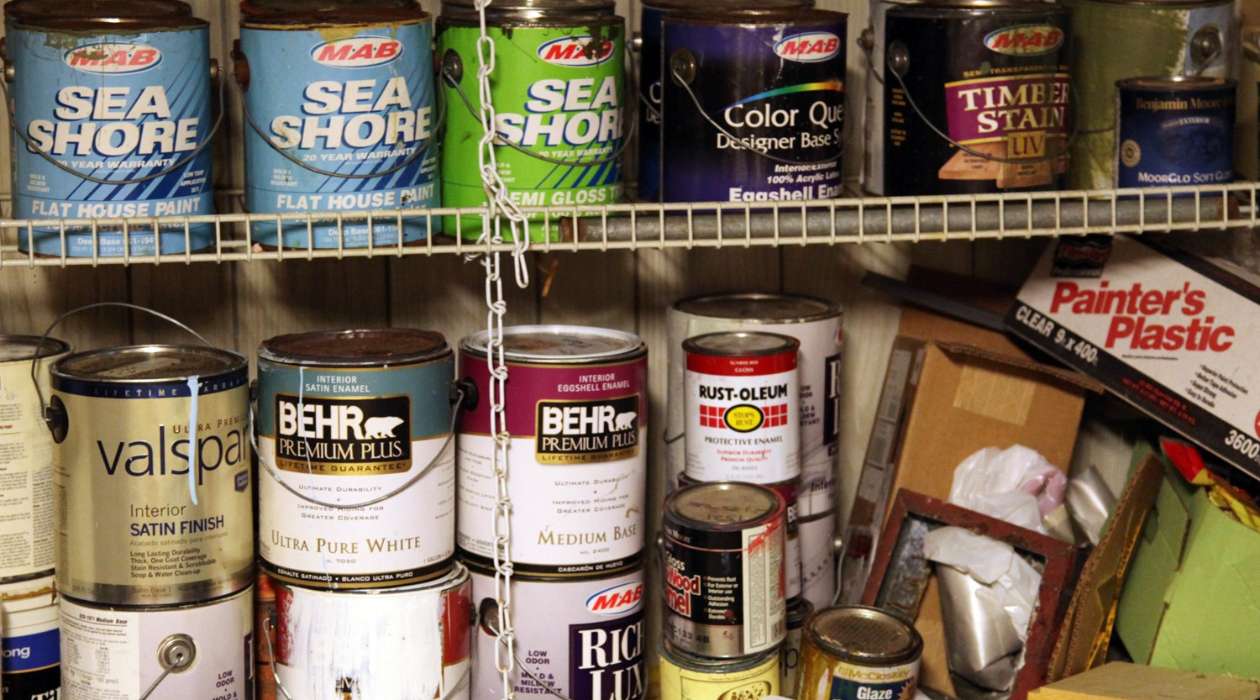
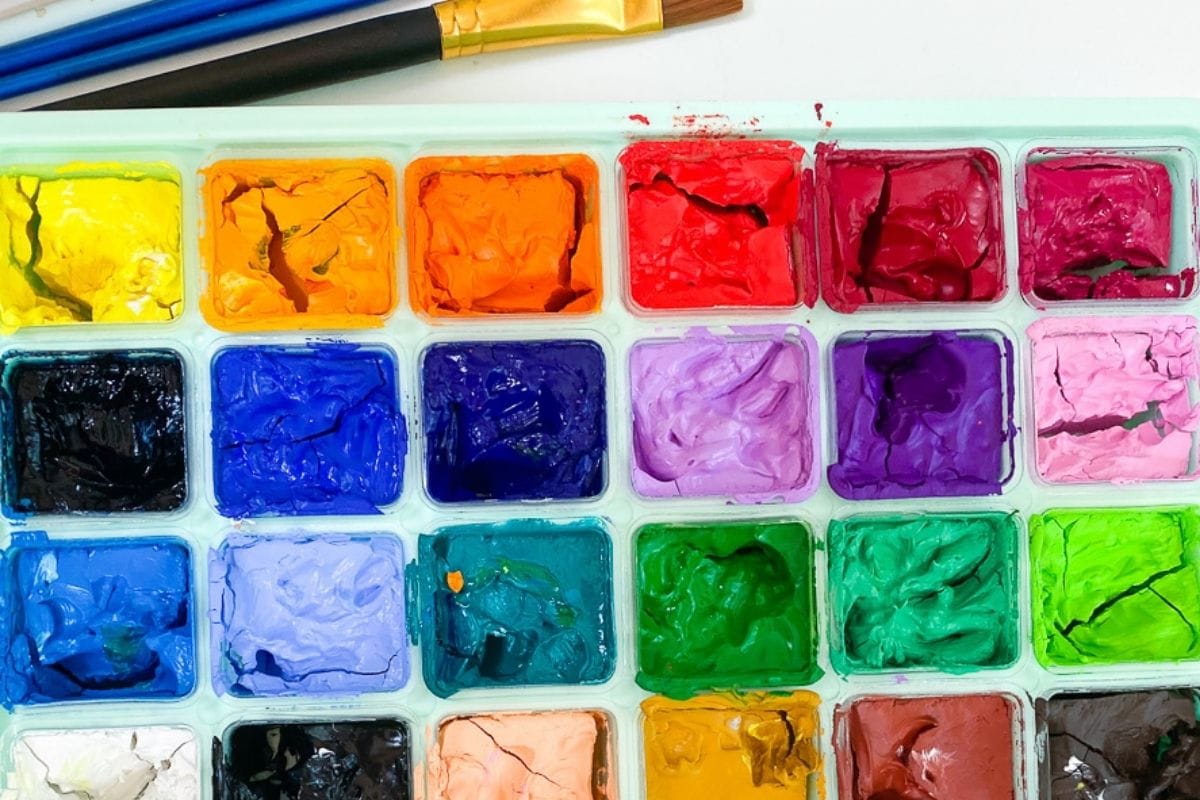
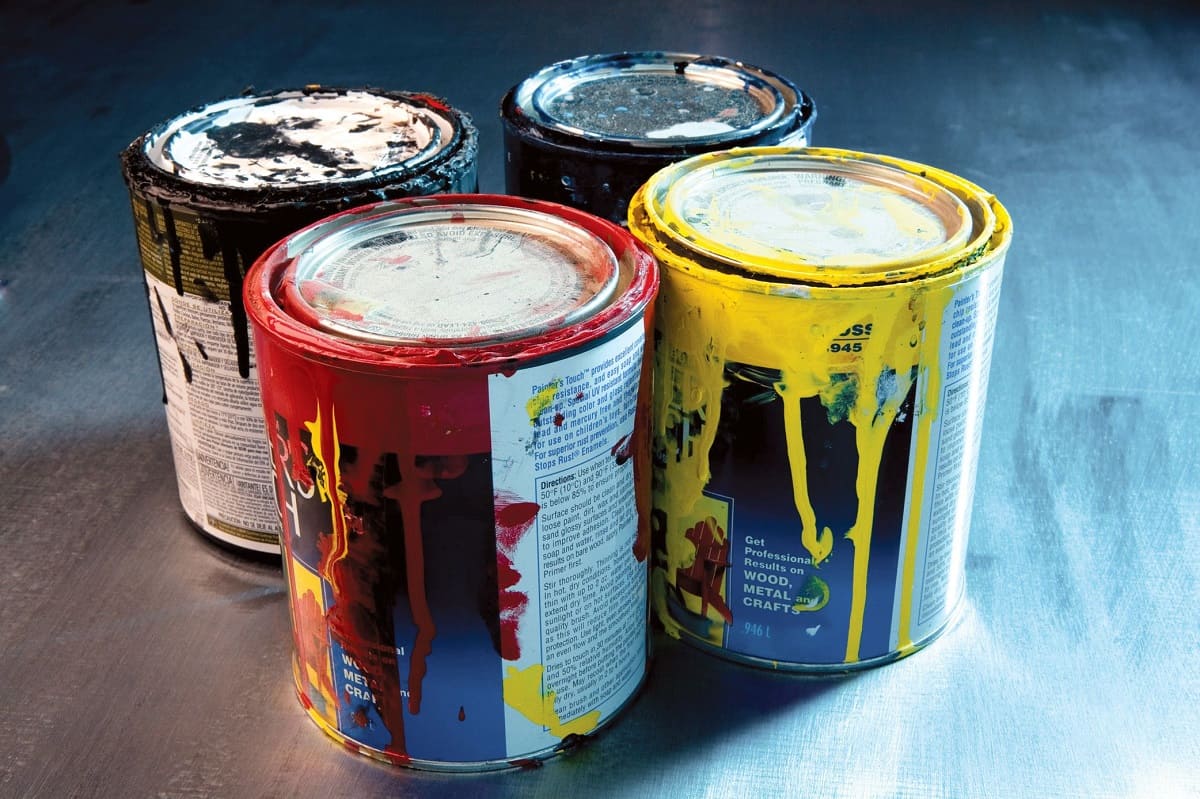
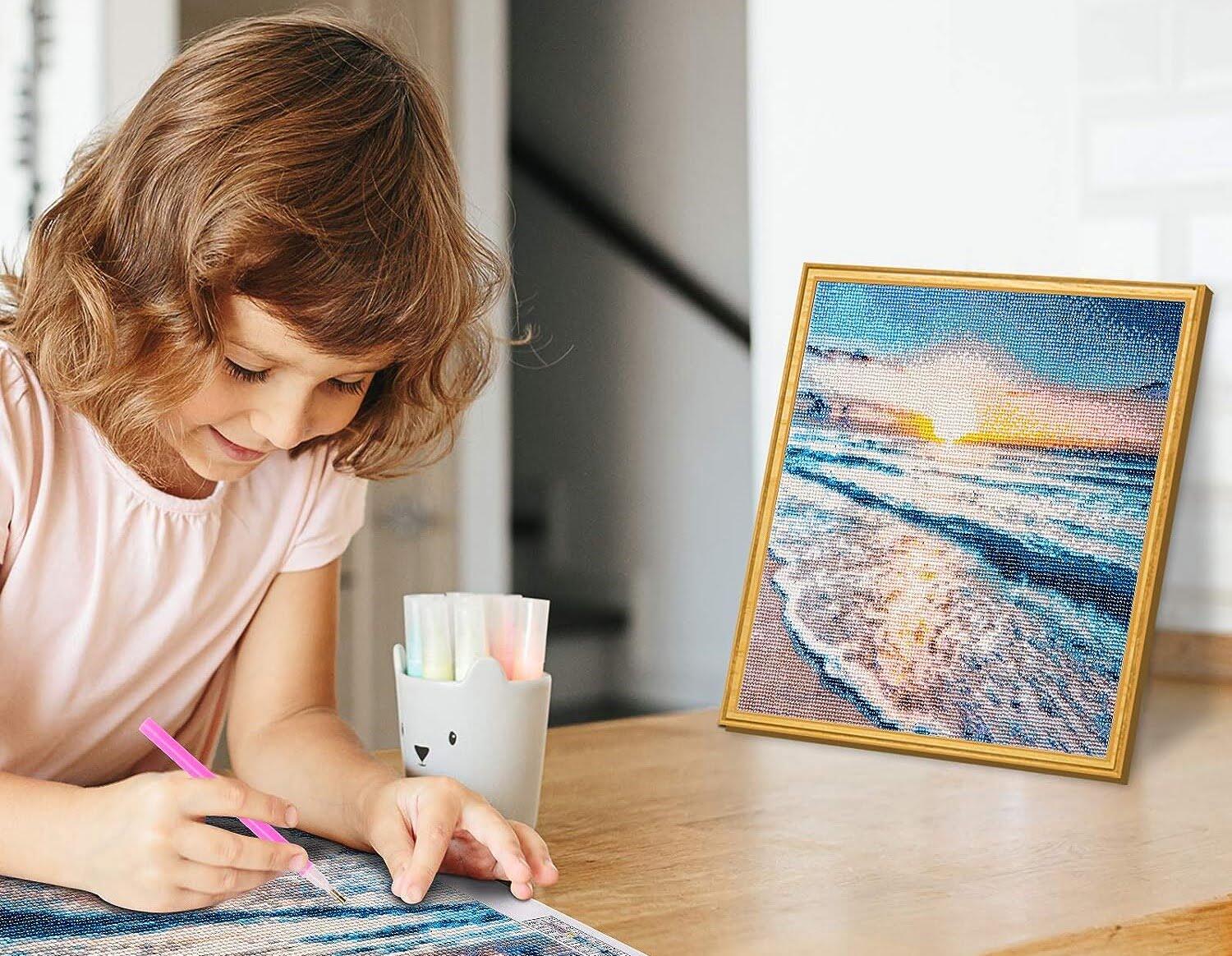

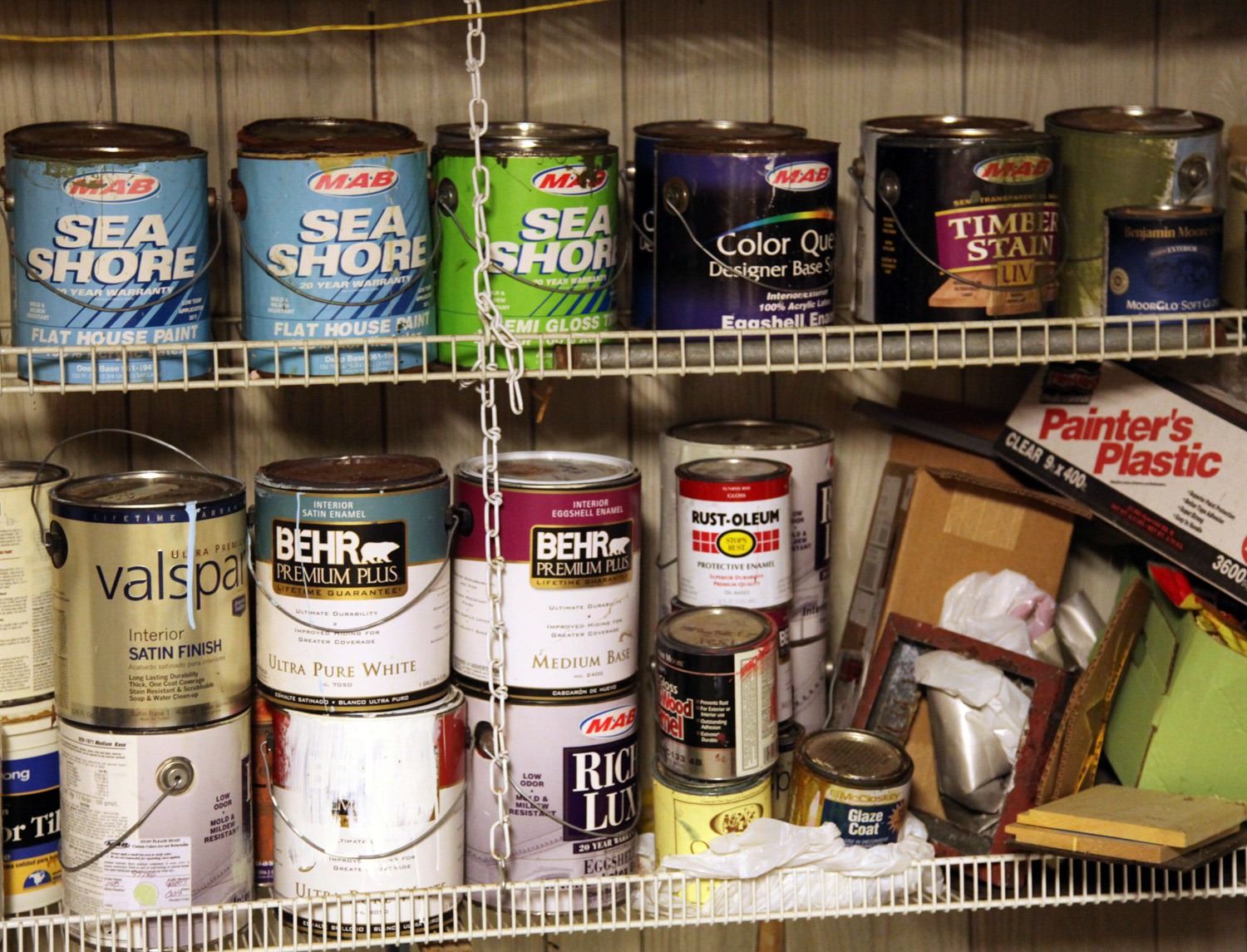
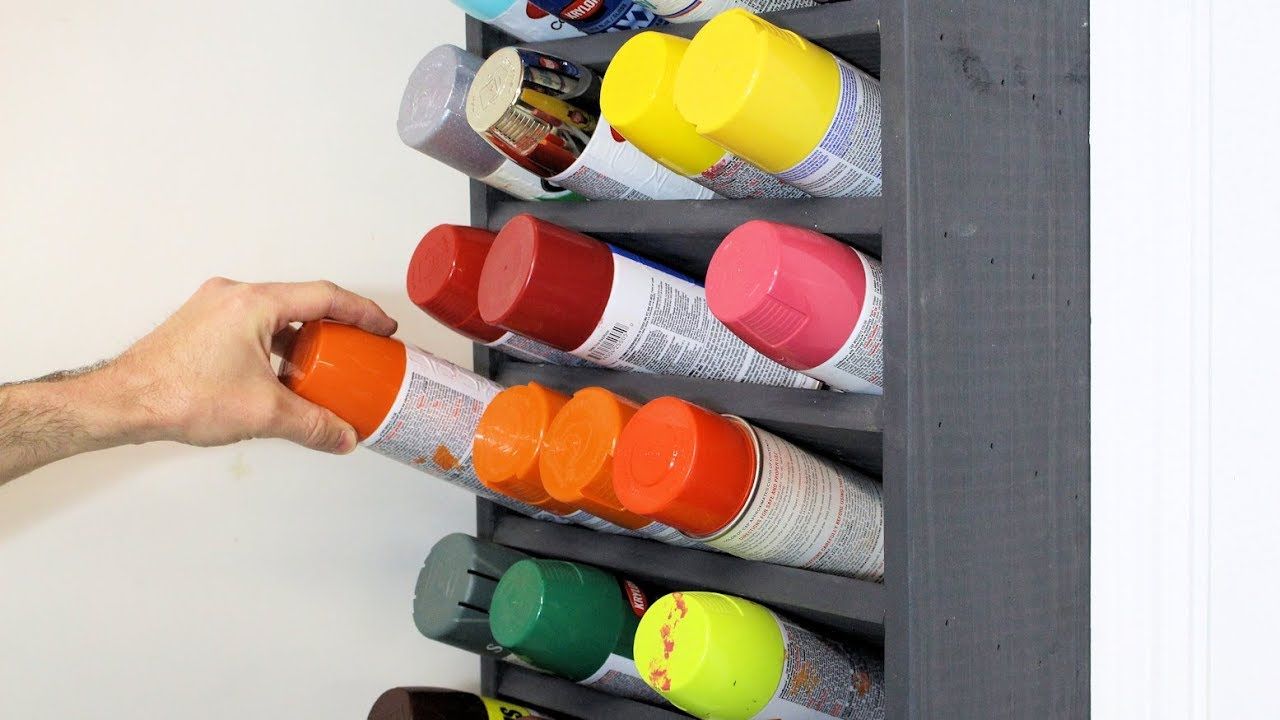

0 thoughts on “How To Store Watercolor Paintings”